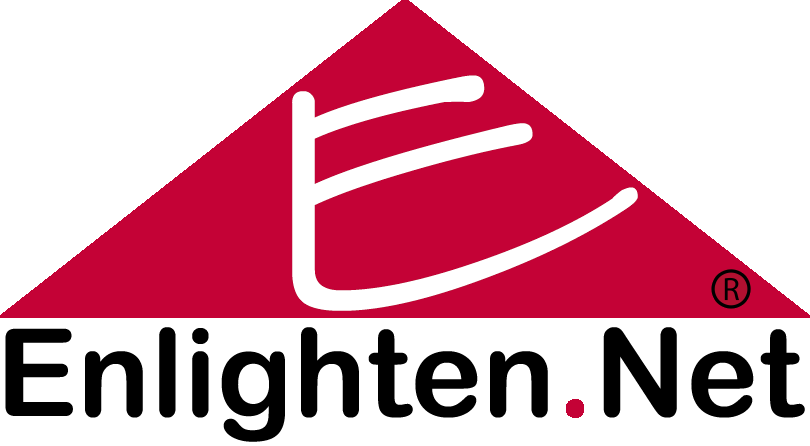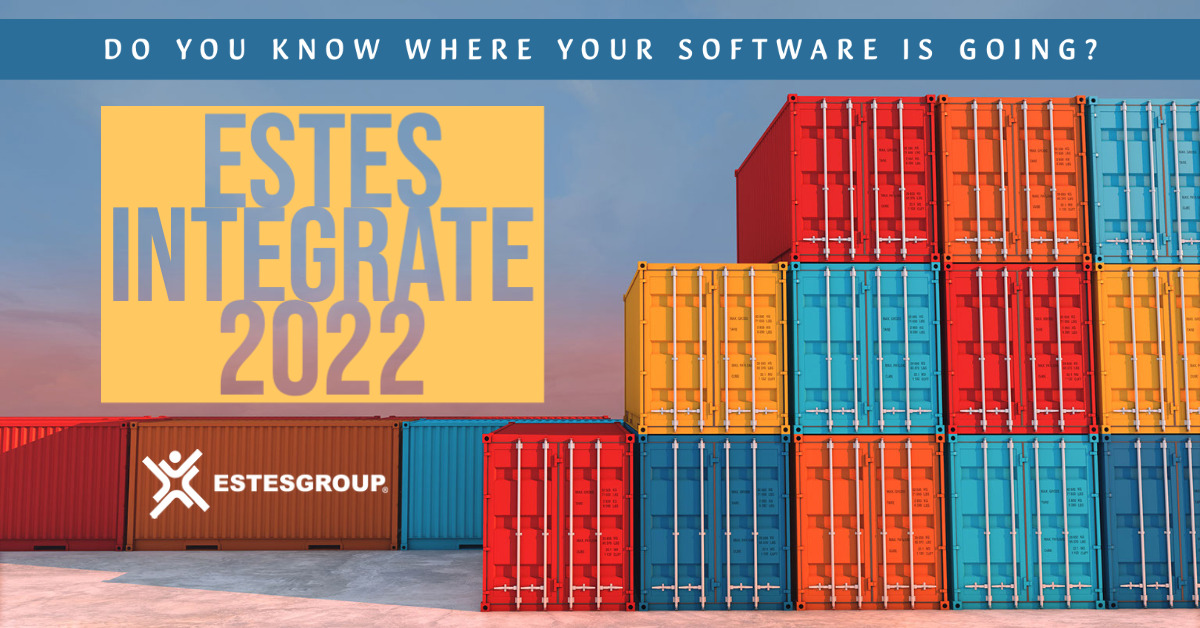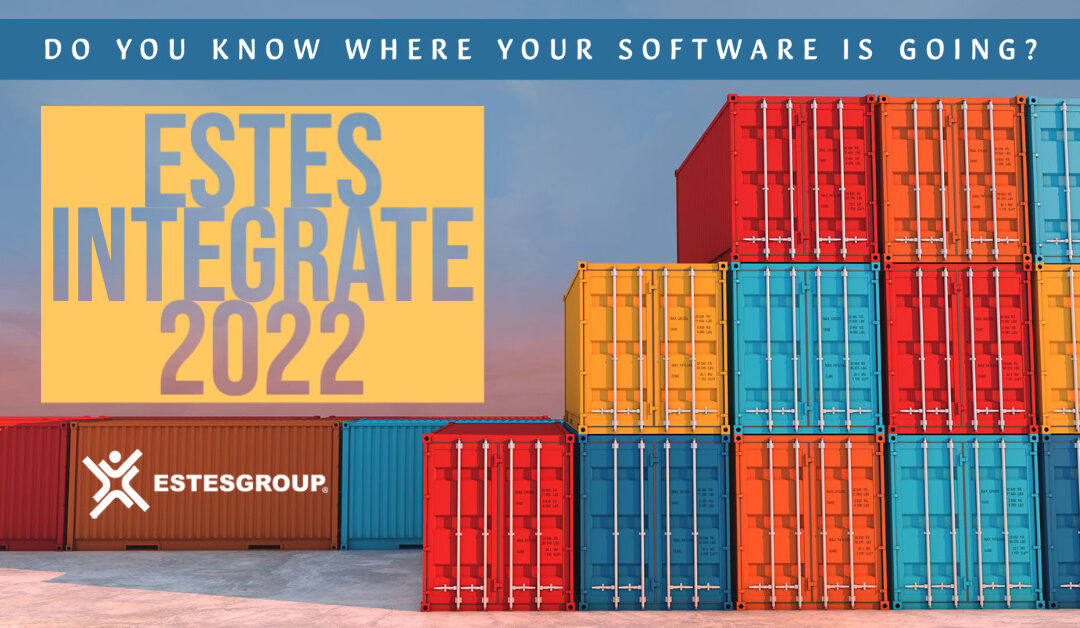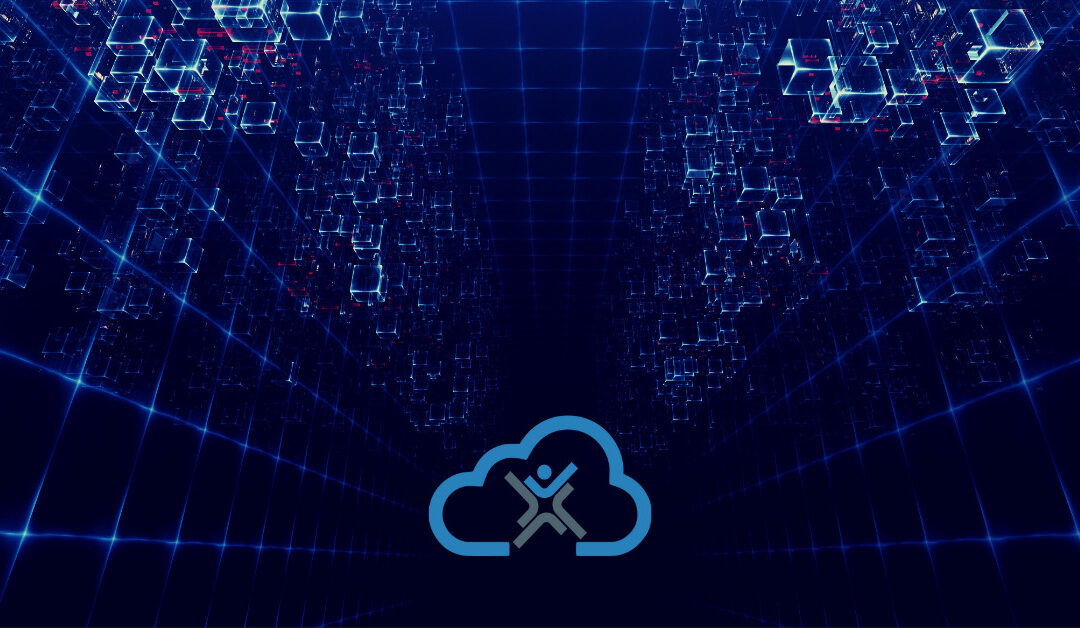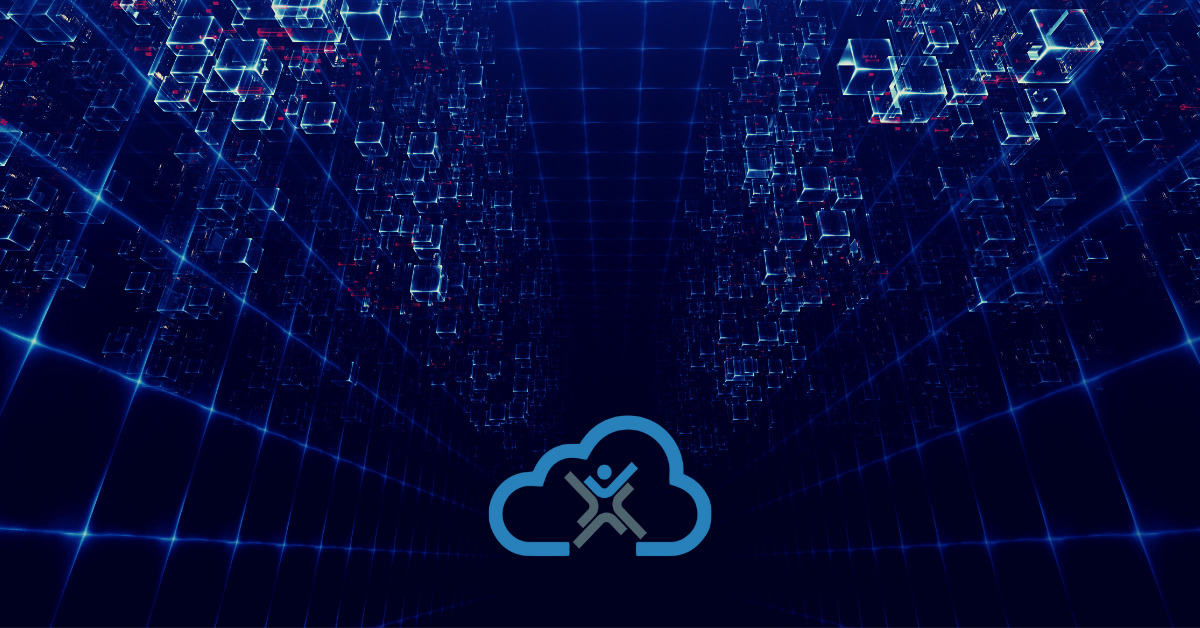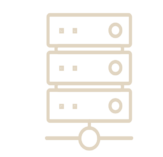
Document Management in an ERP Implementation
Many manufacturers and distributors have some form of document management requirements, and yet if I were to ask my collective Epicor Prophet 21 customer base about their use of document management as part of their ERP system, most of them would likely tell me that they are not doing everything they can in this area.
This is not a surprise. Document management is a difficult area to consistently and comprehensively integrate with your ERP system. Why? Document management is complex, and most ERP systems avoid talking on this complexity as part of the core code of their ERP systems and opt instead to leverage some form of integrated solution to handle the needs of distributors or manufacturers.

The End of Paper
One element of document management relates specifically to a degree of automation that can eliminate paper-based processes. For the length of my own career, we’ve been discussing “the end of paper” — a paperless factory floor, a paperless warehouse, a paperless office. While an understandable goal, the attainment of such an end has been hard to pull off in practice, a surprising number of paper-based processes exist, even in companies that have successfully integrated an ERP system like Prophet 21.
If You Can’t Get Rid of It, Automate It
For instance, it is often the case that communication between a P21 company, their customers, and their suppliers mandates the transference of paper documents. As such, paper-driven processes are difficult to remove entirely. Many companies find that, for situations like this, where certain elements cannot be eliminated, they can at least be automated.
What are some areas of your P21 system can you expect in to impact when it comes to the subject of Prophet 21 document management?
Storing Documents: This normally involves relating documents in a logical manner to records in your ERP system, as to supplement the base ERP information.
Retrieving Documents: Once linked, the ability to quickly retrieve documents related to a given P21 record, be it a customer, a sales order, a purchase order, is of great importance.
Automating Document Transactions: In many areas of a business, more comprehensive work can be done, not only to store and retrieve documents, but to automate document-based processes entirely.
AP Processing: One such Prophet 21 process that can be clarified by a document management system is Accounts Payable. AP is fundamental to any business, as it helps manage cash flow, while optimizing opportunities for rebates and discounts. But AP processing is often impacted by the incoming variance, as a function of vendor-to-vendor variation and documents galore. Automating this process assists in eliminating entry errors and reducing processing time.
It seems clear that the documents related to a given record in the ERP system may provide critical complementary information that would otherwise be lost amongst desk drawers and email in-boxes.
On November 30th, at 2:00 EST, Ellen Richard of Enlighten.Net will be discussing the digitization and automation of your Epicor Prophet 21 document management processes.
Join Ellen as she shares tools that are essential in your P21 digital transformation and shows how automating your business-critical paper processes can help your company achieve:
- Workplace Flexibility
- Improved Productivity and Faster Processing
- Reduction in Manual Data Entry
- Improved Control of Business Documents
- Business Continuity
Ellen Richard has been helping industrial distributors and suppliers with their technology needs for more than 9 years. She currently serves as VP of Sales & Marketing at Enlighten.Net.
Learn More About Enlighten.Net and Document Management Software
Enlighten.Net, Inc. is a leading provider of Document Management software and has been a trusted partner to P21 distributors throughout North America for 20 years. Robust solutions help organizations of any size save time and money by providing simple yet powerful tools that are embraced by employees at all levels. Enlighten.Net’s superior software is backed by an unparalleled customer service experience. ENet Docs improves operational efficiency by centralizing business-critical documents, thereby allowing instant and accurate retrieval, improving speed and visibility and providing secure access from anywhere. Automation solutions integrate directly with P21 to reduce the errors, time and expense associated with manually processed vendor invoices and customer sales orders.


